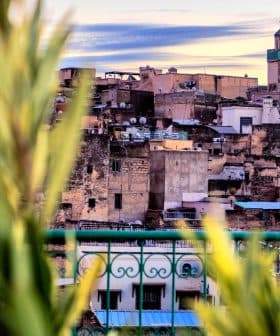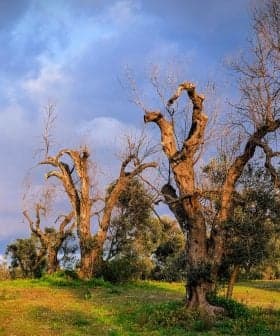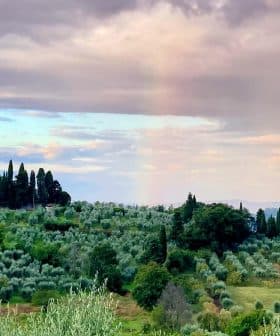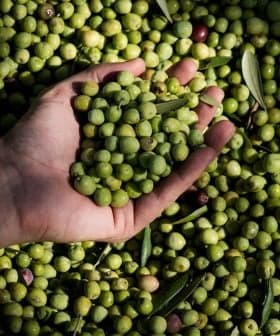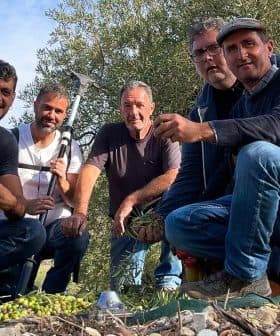New Olive Trees Are Being Planted in Xylella-Ravaged Puglia
A new law in Italy has changed monitoring and removal operations in Xylella-plagued areas. Funds are being used to replant trees and compensate millers.
 11.9K reads
11.9K readsThe regional assembly in Puglia has approved updated legislation to address the spread of Xylella fastidiosa, a deadly olive tree pathogen, in accordance with EU regulations. The new laws aim to monitor the bacteria’s spread more effectively and allow for the replanting of olive trees in infected areas once the bacteria has been eradicated.
Delegates of the regional assembly in Puglia have unanimously supported an updated regional law that proposes a recovery plan for areas affected by Xylella fastidiosa.
The new legislation adheres to the latest European Union regulations set to curtail the spread of the deadly olive tree pathogen.
Farmers and olive oil millers have to be compensated, and olive oil production must restart. We should contribute not only to olive tree re-implants but also to the planting of new species.
Supporters believe it will better monitor the bacteria’s spread while also focusing on what the affected areas must do to return to productivity.
See Also:An Estimated 33,000 Jobs Lost to Xylella Fastidiosa in PugliaThe new rules allow farmers to begin replanting olive trees in infected areas if monitoring operations show that the bacteria has been eradicated and “there will be no risk for its further spreading.”
The legislation comes as a relief to local farmers, many of whom have been waiting for a fresh start after nearly a decade of dealing with Xylella fastidiosa.
In the last eight years, authorities estimate that Xylella fastidiosa has infected more than 21 million olive trees across Puglia, which is Italy’s most important olive oil-producing region by a wide margin.
The new measures require plants infected with Xylella fastidiosa to be removed according to the risk they represent for the further spreading of the bacteria.
They also ask for specific monitoring operations to be executed in the surrounding areas. Along with olive trees, Xylella fastidiosa infects hundreds of other plant species. The latest addition to the European Food Safety Authority official list brought the total number of Xylella-nesting plants to 595.
Xylella fastidiosa pauca is the subspecies that infects olive trees and 33 other plant species. It is the most prevalent subspecies in Puglia.
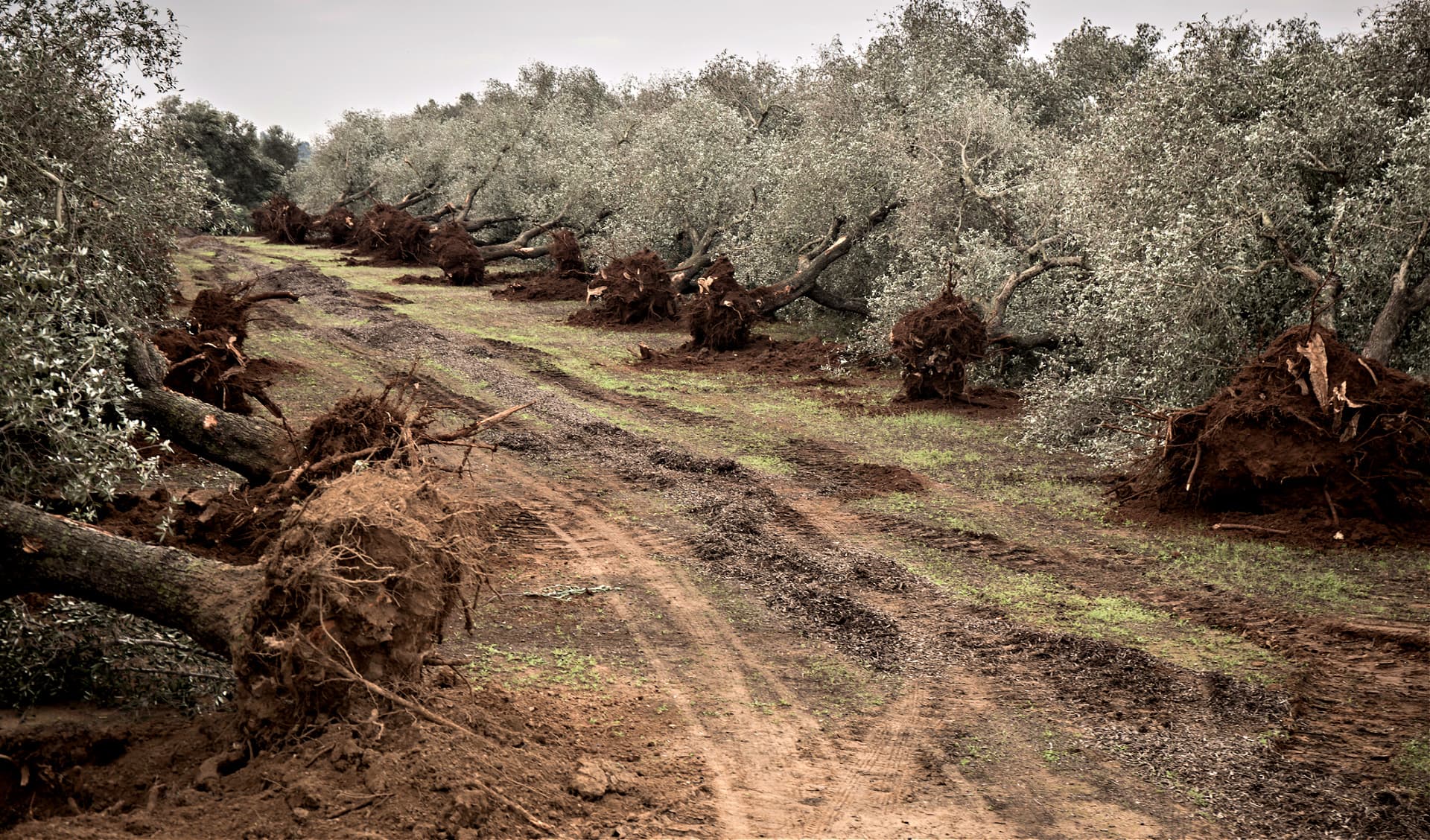
Puglia, Italy
The new laws have also ended the requirement to remove all susceptible plants within a 100-meter radius of an infected plant. Instead, within the so-called red zones or containment areas, the new approach is to destroy all infected plants immediately.
Whereas the landowner should reject the removal of the infected tree, he or she will have to proceed to “isolating the plant from the external territory by applying mechanical protections and hooding of the trees,” the legislation reads.
“Such isolation will be followed by pruning the trees and by all operations needed to combat the vectors of the bacteria, those known to be such and those that could be potential vectors, such as the mowing of all grass, the tillage of the land after that and the treatment with approved phytosanitary products,” the legislation continues.
Several insect species are known vectors of Xylella fastidiosa, responsible for spreading the bacteria from an infected plant to others.
Given their relevance to the culture and landscape, special attention will be given to the most ancient olive trees in the area, the so-called monumental olive trees.
The new rules also forbid the destruction of the millenary olive trees if the plants are not found to be infected, even if they are located in red zones.
One of the worst-affected areas in Puglia is the renowned Plain of the Monumental Olive Trees, located in the municipalities of Ostuni, Fasano, Monopoli and Carovigno. Some of the trees are believed to be up to 3,000 years old.
Antonella Scatigna, a well-known chef in Locorotondo, not far from Bari, told Olive Oil Times that locals feel threatened by Xylella fastidiosa as it moves north and continues to infect olive trees. In the last few weeks, dozens of trees had to be destroyed in the area.
“We feel the Xylella spreading on our skin,” said Scatigna, who noted how many families still have small groves and how connected the local culture is to olive growing.
“Our Leccino trees are a major olive cultivar for us, and they are known for their resilience to Xylella,” he said. “Still, many vulnerable cultivars risk being infected just like they were in Brindisi and Salento.”
Salento is a cultural and historical portion of southern Puglia that was the first to be severely hit by the Xylella outbreaks.
See Also:Puglia Warns Farmers of Ineffective Xylella Fastidiosa Cures“Olive trees there are frightening, the beauty of some locations turned into a ghostly landscape, a mass of centuries-old trees burned, dried up by their deadly enemy,” Scatigna said.
According to the regional secretary of agriculture, Donato Pentassuglia, new monitoring operations are already underway in the Plain of the Monumental Olive Trees.
“Thanks to the sacrifices of local growers, we can still hope to save two million trees in the Ostuni area and the more than six million trees in the plain, while also avoiding Xylella spreading further north, above the buffer zone.”
Additionally, farmers and local authorities are working to restore agricultural activities where possible. Coldiretti has estimated that the current funds for restoring operations and supporting new olive and other native tree implants should rise to at least €700 million.
While not excluding the possibility of earmarking additional funds, the Ministry of Agriculture has already provided €300 million in investment.
According to the new plan, €20 million will be used for planting new groves composed of Xylella-resistant cultivars, such as Leccino and Favolosa. Previously, the money was going to be used for the removal of dead trees. Local farmers have made more than 8,000 requests for funds to renew their groves.
A further €5 million will be used to protect the Plain of the Monumental Olive Trees, while €5.7 million will go to olive oil millers, hundreds of whom have lost their income.
However, starting over in the areas where it is technically possible will not be easy, according to local farmers. They said the spread of Xylella fastidiosa has hurt the olive-growing and oil-producing economy in the region to the point that there has been a fundamental shift in the social and entrepreneurial fabric of the area.
The territory’s olive oil culture is at risk of “disappearing,” according to the Apulian Confederation of Agricultural Producers (Copagri).
Tommaso Battista, Copagri’s president, said a broader strategy to create conditions for a possible cohabitation of olive trees with invasive species, such as Xylella fastidiosa, is necessary.
“We cannot limit replantings to Leccino and Favolosa,” he said. “We cannot even think to focus on just a few cultivars destined to the reconversion of the production, because that would hit biodiversity in territories whose environment has already been compromised and suffering from heavy water scarcity.”
According to Battista, the most emphasis on the recovery should be put into research activities, which are currently receiving €15 million, and “the promotion of the good practices that have shown to contribute in limiting the spreading of the infection, such as the planting of plant species not vulnerable to Xylella and useful to combat the stink bug.”
The marmorated stink bug, an invasive species from East Asia, is one of the main vectors of the bacteria.
The Italian Agricultural Confederation (CIA) added that production reconversion should not be limited to olive trees.
“Farmers and olive oil millers have to be compensated, and olive oil production must restart,” said Giannicola D’Amico, the CIA Apulian branch vice-president. “We should contribute not only to olive tree re-implants but also to the planting of new species such as almond, cherry and citrus. The goal is to give a new birth for a land suited to agriculture.”
“If we want to favor the new implants, we need to move beyond the landscape constraints connected to olive growing because those impede the reconstruction,” he added. “This is why we ask for new simplified measures about the landscape protection, the re-implant and the species reconversion, as well as the cadastral merging of the farmlands in the infected areas.”
Share this article


